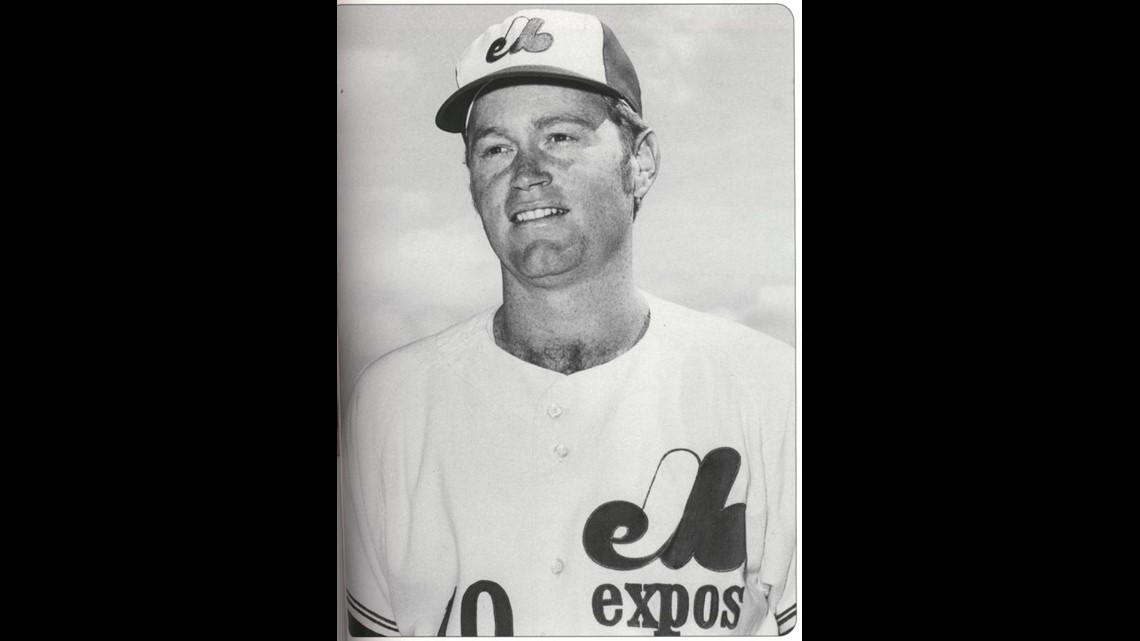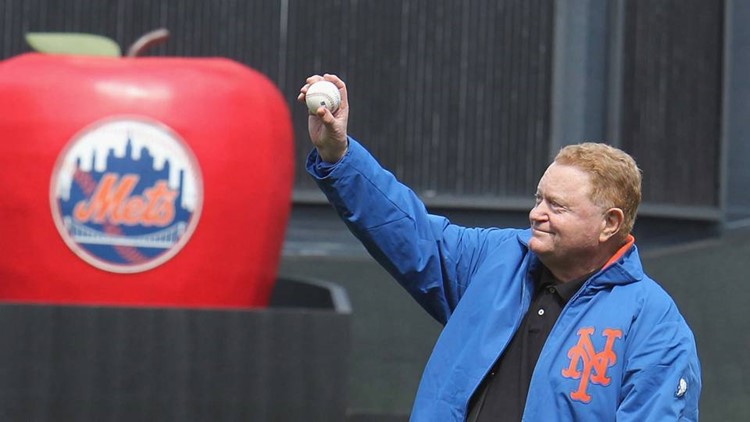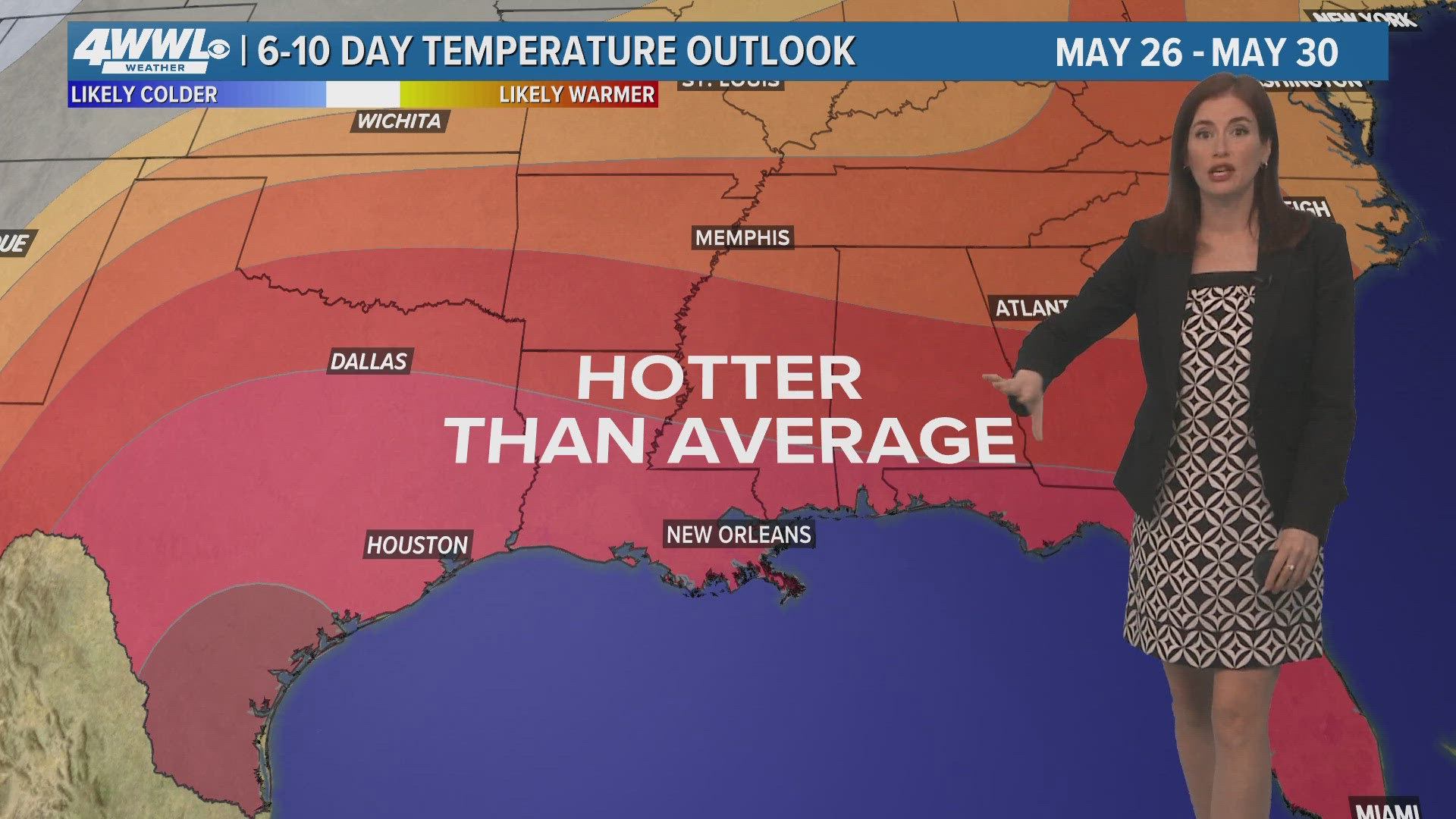Rusty Staub, the New Orleans native who enjoyed a 23-year career in Major League Baseball as a star for the New York Mets and Montreal Expos and three other teams, has died. He was 73.
Staub had been in ill health recently and suffered a near-fatal heart attack in 2015. He would have turned 74 on Sunday. His death came on the opening day of Major League Baseball.
Staub's real name was Daniel, but everyone knew him as Rusty. According to his mother, who was quoted in his New York Daily News obituary, "one of the nurses nicknamed him 'Rusty' because of the red fuzz he had all over his head and it just stuck." Fans later in his career in Montreal knew Staub as "Le Grand Orange," the nickname given him by a sportswriter there because of his red-orange hair and outsized personality.
Born in New Orleans, he grew up in the Bywater neighborhood and graduated from Jesuit High School in 1961. He was a star first baseman who led his team to the 1961 Louisiana State AAA championship. He began his professional career soon after when the Houston Colt .45's signed him to a contract.
After just two seasons in the minors, Staub made his debut at the age of 19 for Houston in 1963. Starting in the outfield, Staub emerged as a star by his fifth season. He was named to the All-Star team in 1967 after posting a .333 batting average, and remained an All-Star the following four seasons.


He was traded to the Montreal Expos in 1969, where he would have his best two seasons. In 1969, Staub hit .302 with 29 home runs and 74 runs batted in. In 1970, he hit .274 with 30 home runs and 94 runs batted in. In Montreal, he became a fan favorite both on and off the field, where he showed interest in wine and gourmet cooking, as well as the French language.
Staub was traded to the New York Mets in 1972. According to the New York Daily News, Staub played a key role in the Mets' comeback to the National League pennant in 1973, hitting .279 with 15 HR and 76 RBI in the regular season, "clouting three homers with five RBI against the Reds in the NLCS and, finally, .423 with a homer and six RBI against the A's in the World Series."
In 1975, the Mets traded him to the Detroit Tigers. In 1976, he was named to his sixth All-Star team. Two years later, Staub became the first player to appear in all 162 games as a designated hitter. He finished his career returning to the Expos in 1979 before moving to the Texas Rangers in 1980. Staub returned to the Mets in 1981. Playing mainly as a pinch-hitter, Rusty was able to capture further baseball glory. At one time, Staub held MLB records for consecutive pinch-hits (8) and pinch-hit runs batted in for a season (25).
Staub retired in 1985 and spent his post-playing career bringing New Orleans to New York. In 1979, he opened "Rusty's Restaurant" on 3rd Avenue in Manhattan. Ten years later, he opened "Rusty Staub's on 5th," an upscale diner on 5th Avenue. He also joined the Mets broadcasting team. In 1986, he was elected to the Mets Hall of Fame. He was also inducted into the Louisiana Sports Hall of Fame.
He was generous with his time and financial wealth, establishing the Rusty Staub Foundation and the New York Police and Fire Widows' and Children's Benefit Fund. During its first 15 years of existence, the Fund raised and distributed $11 million for families of policemen and firefighters killed in the line of duty. The cause was important to Staub since his uncle, Marvin Morton, a New Orleans Police Department motorcycle officer, was struck by a car and killed in the line of duty when Staub was a young man.
After the Sept. 11, 2001 terror attacks, Staub's organization received contributions in excess of $117 million and played a vital role in helping many families affected by the tragedy. He was inside his Battery Park apartment, near the World Trade Center, when the attacks occurred and had many friends who were working in the Twin Towers and killed.
He also endowed a scholarship at his alma mater, Jesuit High School.



